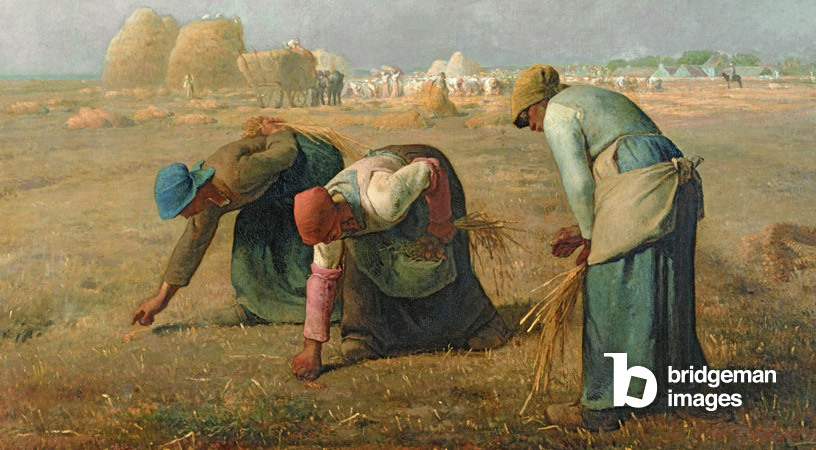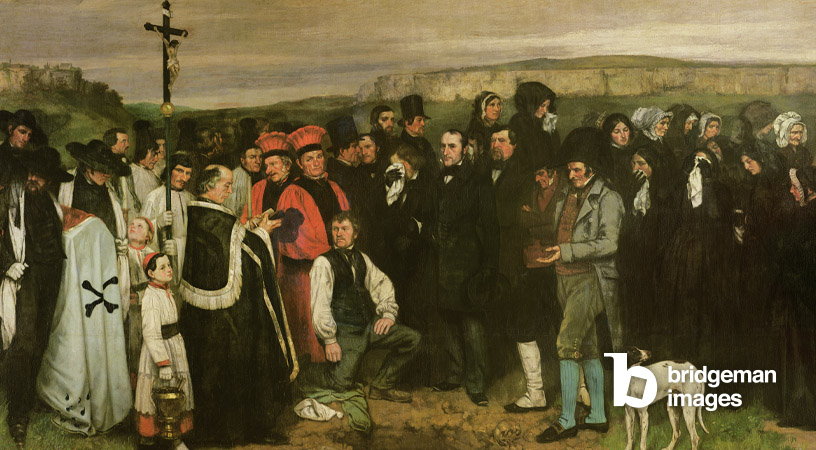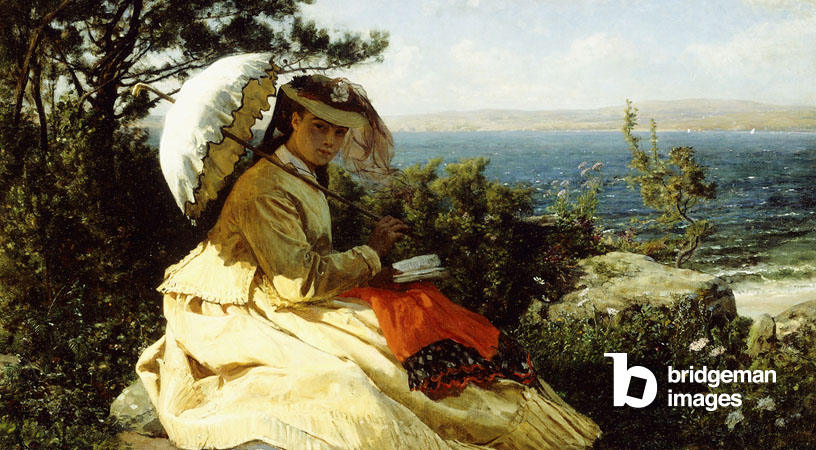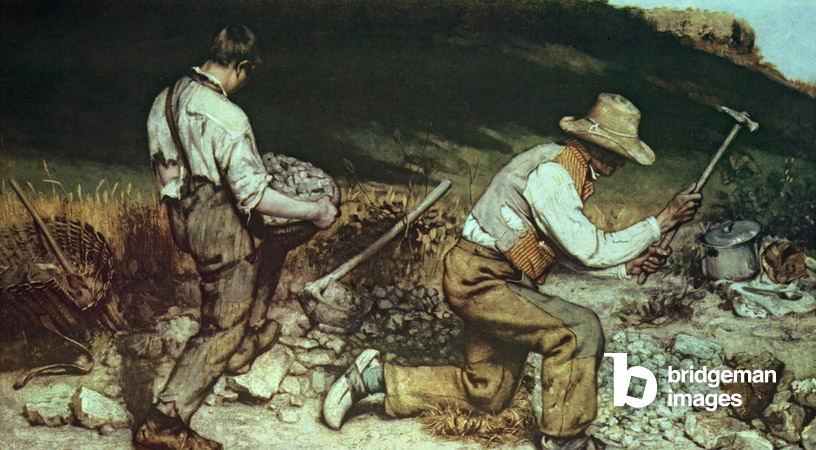Published 25/07/2023
In a literal sense, "realism" refers to an artistic movement of the mid-19th century characterized by subjects painted from everyday life in a naturalistic manner; however, the term is also commonly used to describe works of art painted with an almost photographic likeness.
View our selection of works from the Realism movement
While artistic representations of ordinary life were not unheard of, they were rarely the central focus of a painting in the canon of Western art until the emergence of realism in the mid-19th century. During this time, the Neoclassical and Romantic art movements fell out of favor as realist painters began to reject the long history of idealism in academic painting.

For many artists interested in the idea of realism, French society became a constant source of inspiration. Realism emerged in France in the 1840s as a rejection of Romanticism, which depicted intensely dramatic scenes from history and magnificent visions of nature. As the term "realism" suggests, the realistic tradition favoured accurate representations of events from "real" life rather than sublime landscapes and dramatic allegories.
Representing Truth about Society
Realism was particularly controversial for works depicting the working class living in extreme poverty. Realist artists did not attempt to conceal the hardships the working class faced, nor did they portray happiness in difficult situations. Realism aimed to create art that reflected life, embodied truth, and was an accurate representation of French society at that time.
The realists often composed large-sized paintings, similar in dimensions to traditional history paintings, to amplify the tragic aspects of everyday life and rebel against the academy. Gustave Courbet's painting, "A Burial at Ornans," created in 1849, invites viewers to contemplate the human condition by observing an exact representation of a funeral in the typical realistic style.

Like Courbet, other artists also favoured scenes of active life, city streets, lively nights, and so on. These locales were among the favorite subjects of paintings that defined realism. Other realist artists, such as Jean François Millet, Jules Breton, Jean-Baptiste-Camille Corot, Mary Cassatt, and Rosa Bonheur, included ordinary aspects of life in their art, ranging from a mother bathing her child to a young woman reading in a café. These aspects of everyday life, which were once considered "ugly" or demonstrated moments of private vulnerability, rejected the academy's preference for idealism and the beauty standards of noble art.

Realism and the Industrial Revolution
Realism was influenced by the numerous changes in society and technological advancements brought about by the Industrial Revolution. The Industrial Revolution had a profound impact on French society and greatly affected people's lives. The realists were fascinated by the changes the Industrial Revolution had brought, and they often portrayed both the positive and negative aspects of this transformative period.
For example, Gustave Courbet's painting, "The Stonebreakers," created in 1849, depicts two men breaking stones by hand. The painting is an unembellished portrayal of the harsh working conditions of the working-class laborers. Courbet wanted to show the reality of the workers' lives, without glorifying or minimizing it.

Other realist artists, such as Jean-François Millet, depicted the positive aspects of the Industrial Revolution. Millet often painted scenes of rural life, showing how the Industrial Revolution had improved the lives of people in the countryside. For example, his painting "The Gleaners," created in 1857, portrays women gathering wheat stalks after the harvest. Millet wanted to show that the Industrial Revolution had enabled women to earn money and contribute to the economy.
Realism Beyond French Society
Realism continued to evolve beyond French society. Artists from different countries were influenced by the realist movement, and they created works that reflected the living conditions of their own countries.
In the United States, for example, realism was influenced by life in big cities. American realist painters often depicted scenes of urban life, such as bustling streets, public parks, and concert halls. They also portrayed the negative aspects of urban life, such as poverty and violence.
Realism also had a significant impact on 20th-century art. Many art movements of the 20th century, such as naturalism, photorealism, and pop art, were influenced by realism. These movements were all characterized by attention to detail and an attempt to represent reality in an objective manner.
View our selection of works from the Realism movement
Get in touch with our team; we are always happy to assist you with your inquiries, with no obligation or additional cost.


